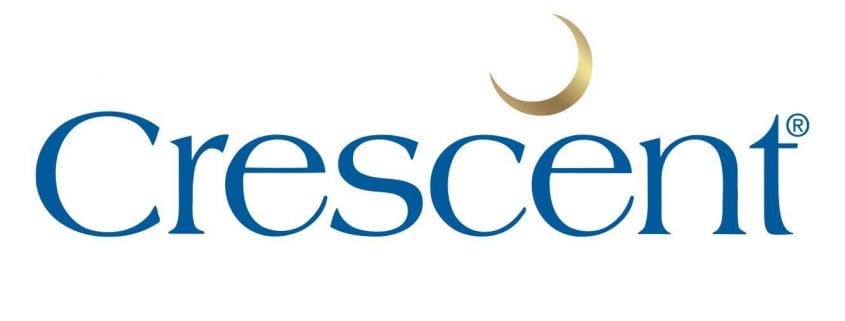
Integrating Story Branding With Your B2B Marketing Strategy
Marketers have realized that their audiences’ attention spans are getting shorter by the day. In an effort to get it back, they resort to anything to engage them: humor, sex, etc. However, it is one thing to get involved in a commercial and another to get involved in a brand. Successful brands market by forging a deeper emotional connection using story branding which is a part of attraction marketing.
In a technique called The Hero’s Quest, they create a story with a hero, a conflict, and a resolution. The hero has a certain drive like love that leads him to action past certain barriers and eventual conquest. Generating emotional connection with the story is what sells. To be successful in B2B marketing strategy, make your brand the hero of your own story.
Where story branding and marketing integrate:
Distinction
Consumers have vast amounts of choice today but are drawn to the one they can relate to. Distinction is vital in any marketing strategy. A good, realistic brand story enhances a brand’s overall presence regardless of its competitive position in the industry. The right perception hits the audiences’ emotional quotient, tipping it in your favor. Wrapping up your brand in a more meaningful story context further adds value to it. To fellow businesses, buying your product will mean getting higher utility compared to the others in the competition.
Humanizing your brand
A successful B2B marketing strategy is one that humanizes your brand. A brand story cannot be underestimated in doing the job. Individual experiences like those of Steve Jobs, when fed into a company message, go a long way in personalizing and even achieving celebrity like status for your brand. You can use employee or your founder experience for this. Although you cannot have complete control of your story, a little positive twist helps to strengthen it by making it more interesting. Your marketing strategy is even boosted further as a result. A story should be a corporate persuasion tool that leads your audience to you.
Read more on 4 Strategies For Improving Your B2B Customer Experience.
Emotion is more compelling than a straight fact
In spoken word, good oratory skills are regarded highly and can be more compelling when they involve more emotion than fact. Arousing an audiences’ emotion can create big turnaround in your brand path. The Royal navy for example, uses stories to boost confidence and productivity where it is expected of the military to have a tough, factual approach to communication. That B2B cannot use warm and emotive storytelling is not a true rationale. Make your story more willingly received and memorable to achieve greater marketing success.
Interplay
There is a two way exchange between telling a story and marketing success. Story branding strengthens your business whereas a good, stronger business performance reinforces your story. Similarly, poor performance becomes part of your brand story just as easily. A B2B marketing strategy can be shaped but success will always depended on perception. Story branding is one way of building this perception.









